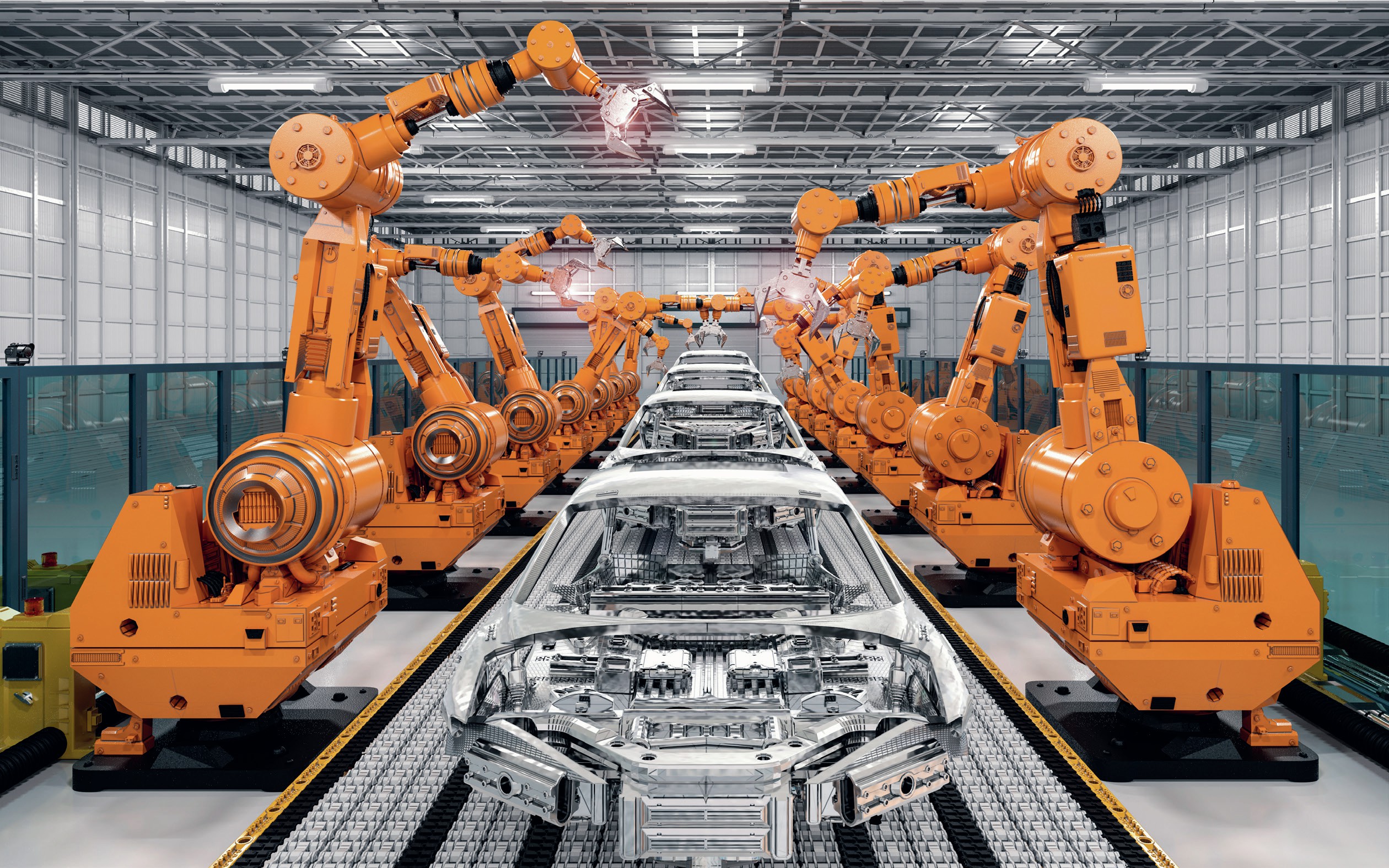
labour market, inequality, Gini coefficient, Lorenz curve, productivity, income
In Disney Pixar’s 2008 film Wall-E, robots work with people to help society twice-over. First, the new technology increases productivity of the global Buy ‘n’ Large corporation to such a high level that everyone we meet has maximised both their leisure time and consumption. They spend their days flying around in luxury space cruise liners with all their needs met by the ship’s many robots. Unfortunately, this mass consumption comes with some extreme environmental effects. Earth has been left uninhabitable, covered in great mountains of waste and rubbish. Mercifully, the film’s good-natured robot Wall-E helps to save society from its self-imposed dystopia by reconnecting humans with the natural world and a more hopeful, sustainable future.
Your organisation does not have access to this article.
Sign up today to give your students the edge they need to achieve their best grades with subject expertise
Subscribe




